Ottoman Tarpus, or flower pot, hat. (In Turkish the “s” has a little squiggle at the bottom, so it’s pronounced as an “sh” sound, so it’s pronounced like “tar-poosh”)
This item was hand made by me in the US based on historical examples.
15th-16th c Ottoman, also late 14th c Mamluk Egyptian and 16th c North Indian.
Like my other hat styles, this hat is based on my research on historical examples of head wear in the Mediterranean, Eastern Europe and Central Asia in the pre-modern period (pre-1600). I mostly make these hats for historical researchers and dancers. Please feel free to message me with questions including historical details and where I conduct my research.
The last 5 images are for historical reference only. You get the hat pictured in the first 5 photos.
The hat has fleece padding and a plastic canvas base. It comes with a veil for securing the hat in place.
It is constructed with appropriate ties based on extant examples and paintings. There are a bunch of us who have been experimenting with this hat style for ages and the problem of how to keep it on your head. The method here is based on how the Mongol boqtaq hat is made and secured as the tarpus is simply a later survival of the boqtaq with the shaped top cut off. Take a look at the portrait of Mongolian Empress Chabi in the reference images.
Once I realize that they were related, I was able to confirm construction details and attachment points in Ottoman paintings.
There are many ways to wear this in combination with a variety of hairstyles and veils but this is the basic method:
Secure your hair into a bun or low braids. The tarpus either sits vertically on top of the head or slightly back at an angle.
If you look at the portraits in the reference images you can see that they are made to sit on top of the head, not down over your forehead like a pillbox hat.
(The pillbox hat was indigenous to the Mediterranean for at least 900 years before the Tarpus shows up with the Turks. Once you know it is two different hat styles coexisting, it makes the paintings SO MUCH easier to interpret. Anyway…)
Place the hat on your head and if you are wearing a bun, place it over the bun. The chin strap is tightened first, the the second set of ties is secured at the back of your head, down low. If you are wearing braids, make sure this second set is underneath the braids for stability.
Once the hat is in place, tie a scarf or narrow band of fabric across the front of the base of the hat and then horizontally around the back of your head. You can see this in the reference images.
Once you get all 3 ties points secured, it’s like a historical pavilion. The separate tie points are all providing stability without undue pressure on any of the tie points.
I usually loosen the chin strap slightly once it’s on.
Variations: in some portraits there is clearly an under veil (made of cotton or linen or something ‘sticky’. If you use silk or something slick it won’t be secure.), sometimes the hair is visible, sometimes not. Often an extra veil is added to the top. In one example it is wrapped with a small turban. It is frequently seen with a feather aigrette tucked at the center front or the side. I have many aigrettes available as separate listings.
If you want me to guide you on what style of ornament and fabric would be most appropriate to your time period and place, send me a message. I’m happy to help.
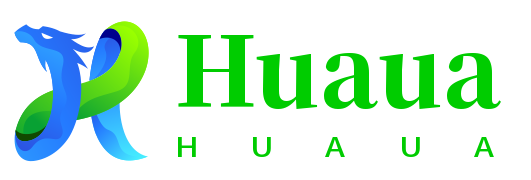
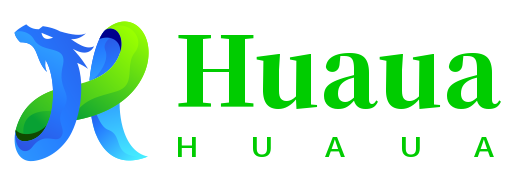

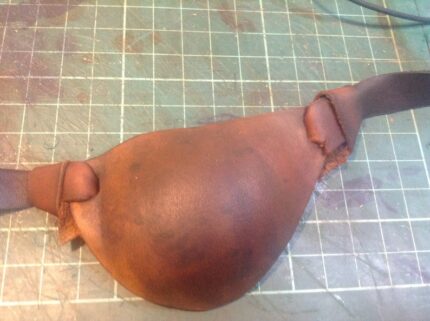
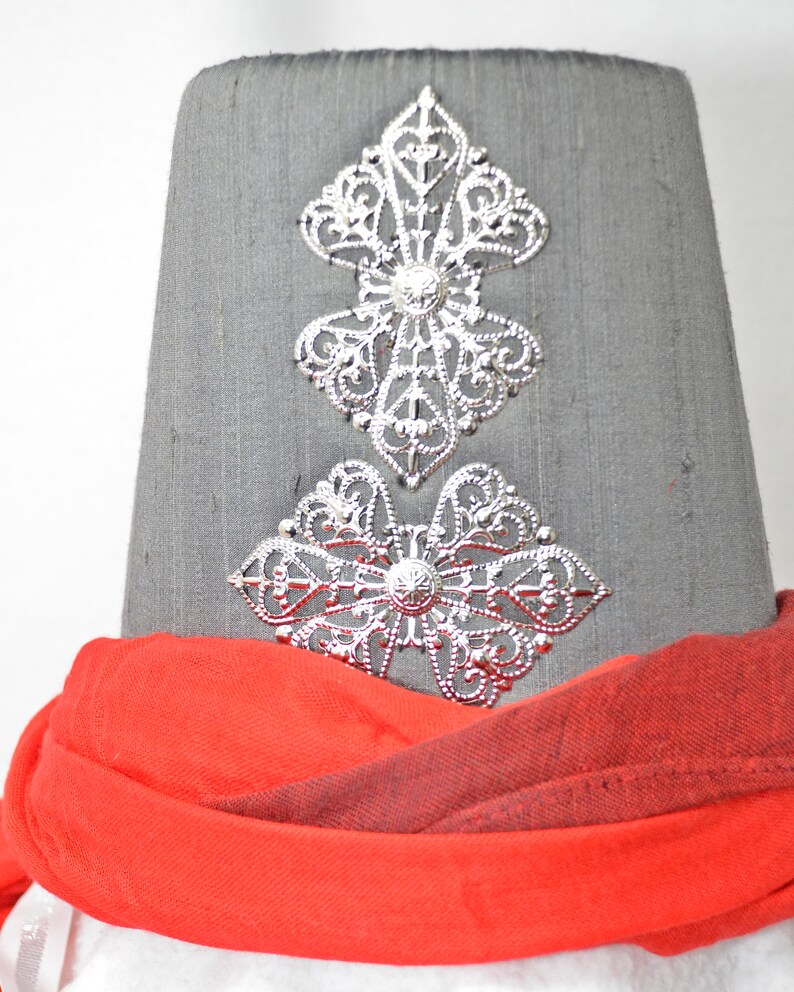
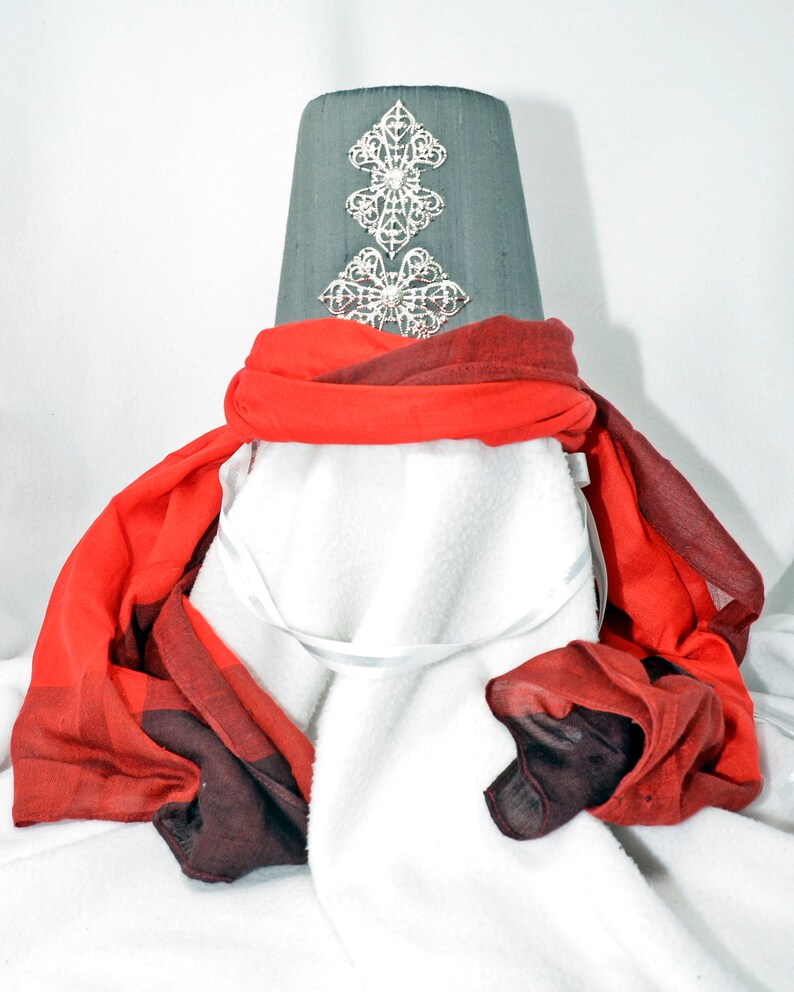
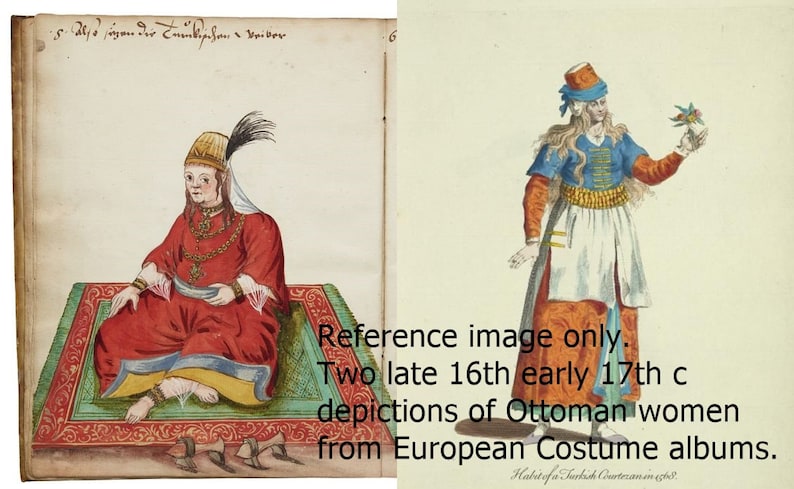
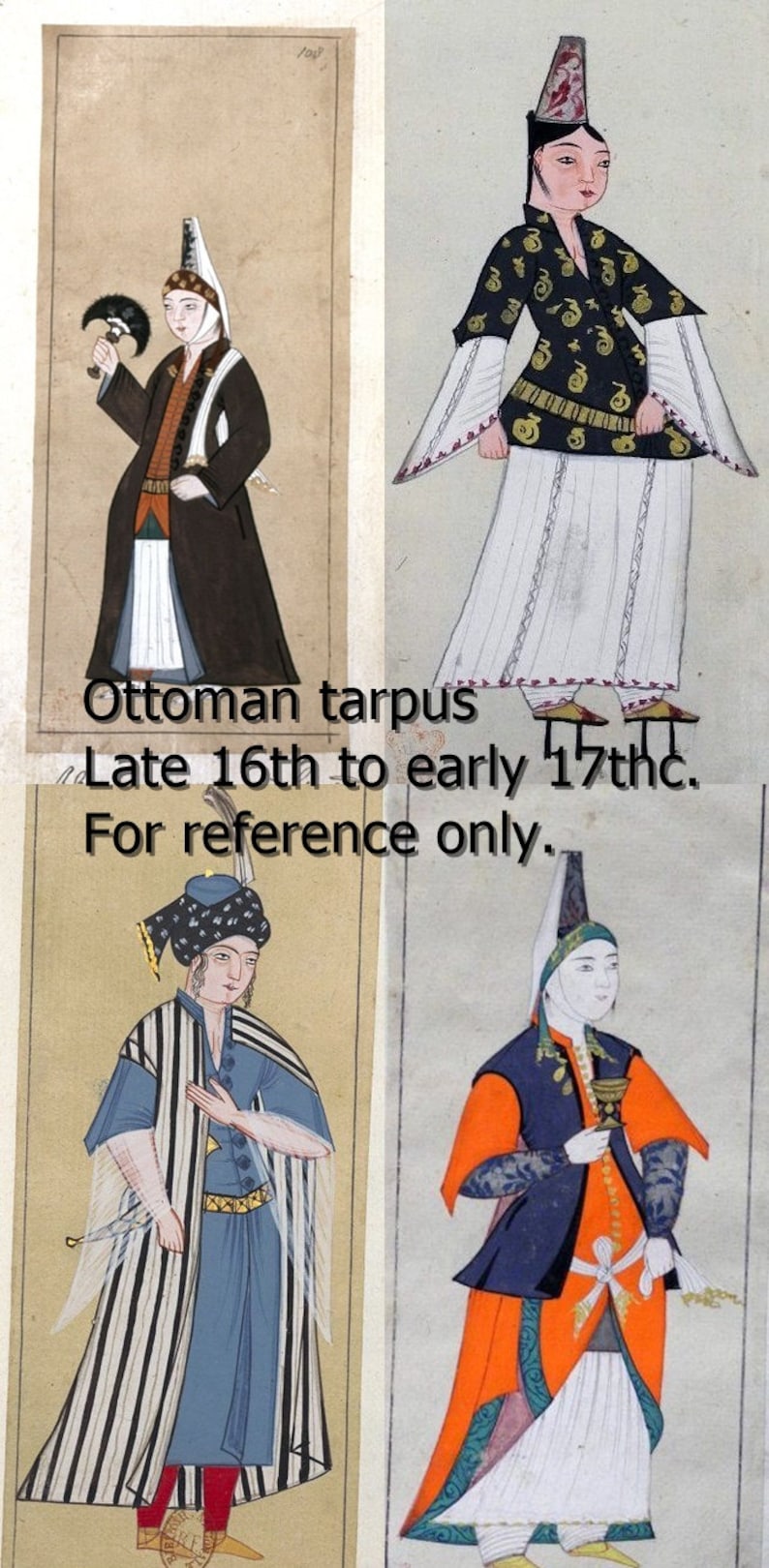
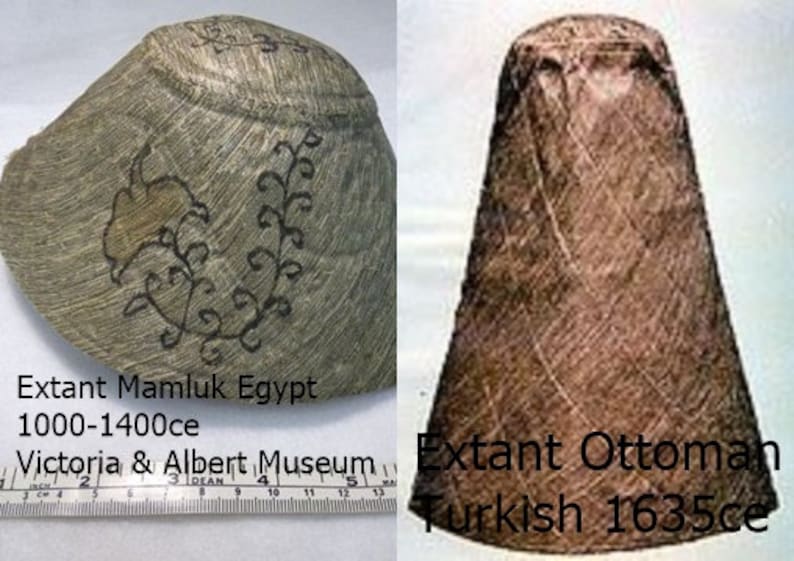
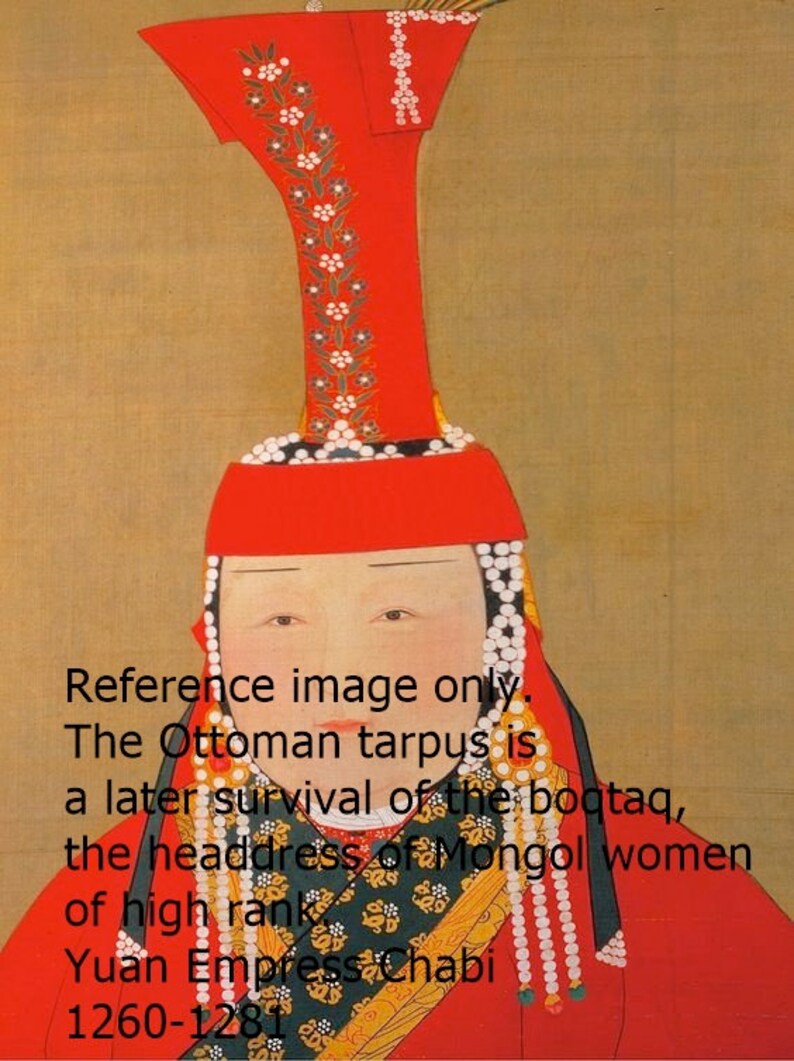
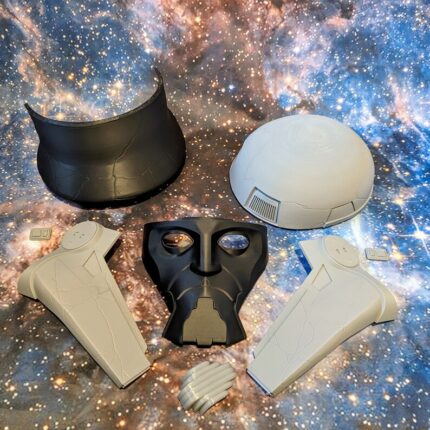
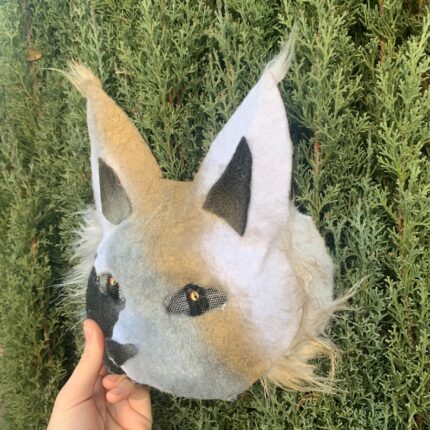

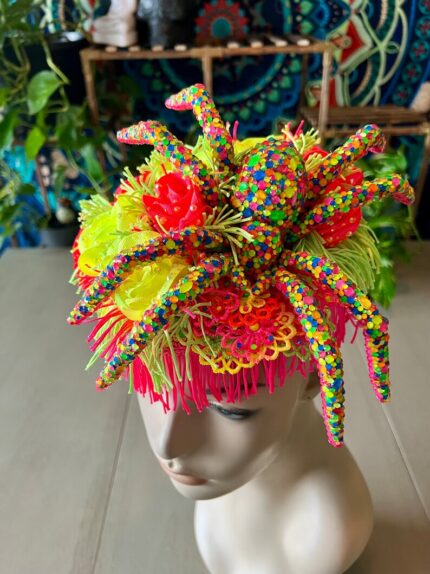
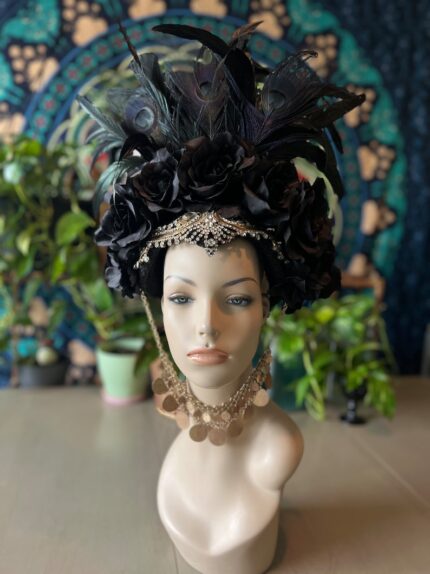
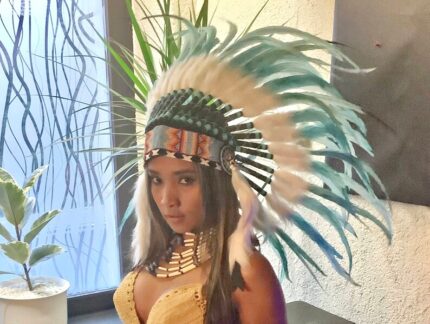

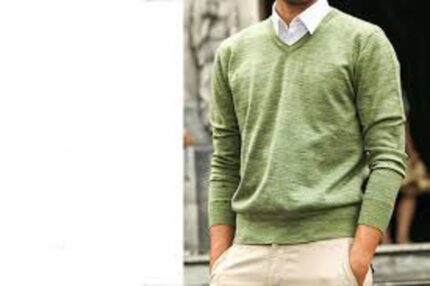

Reviews
There are no reviews yet.